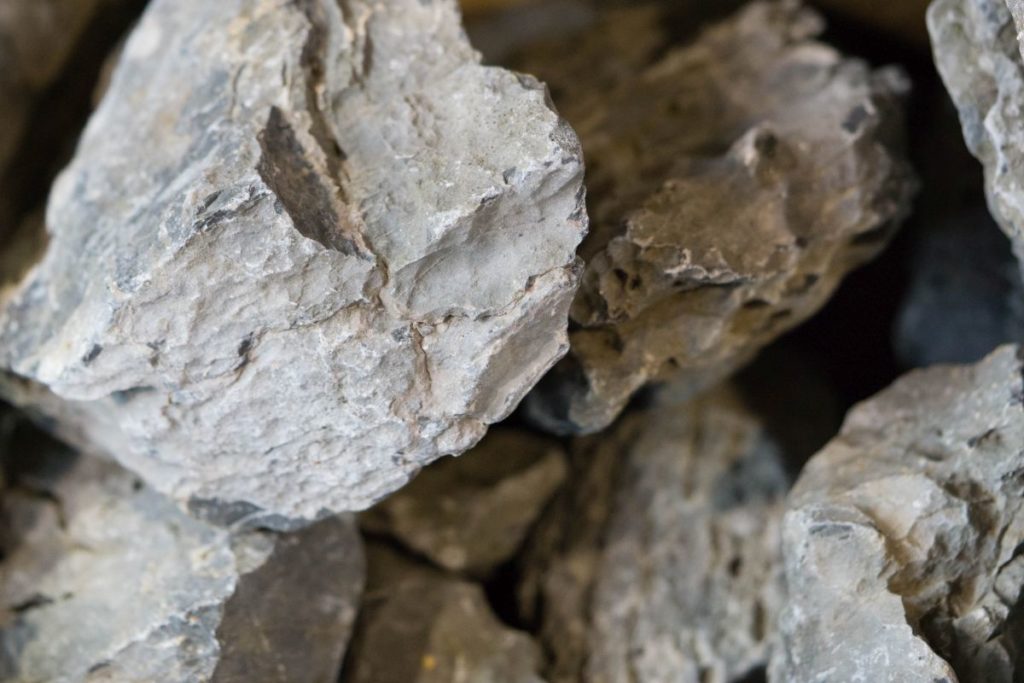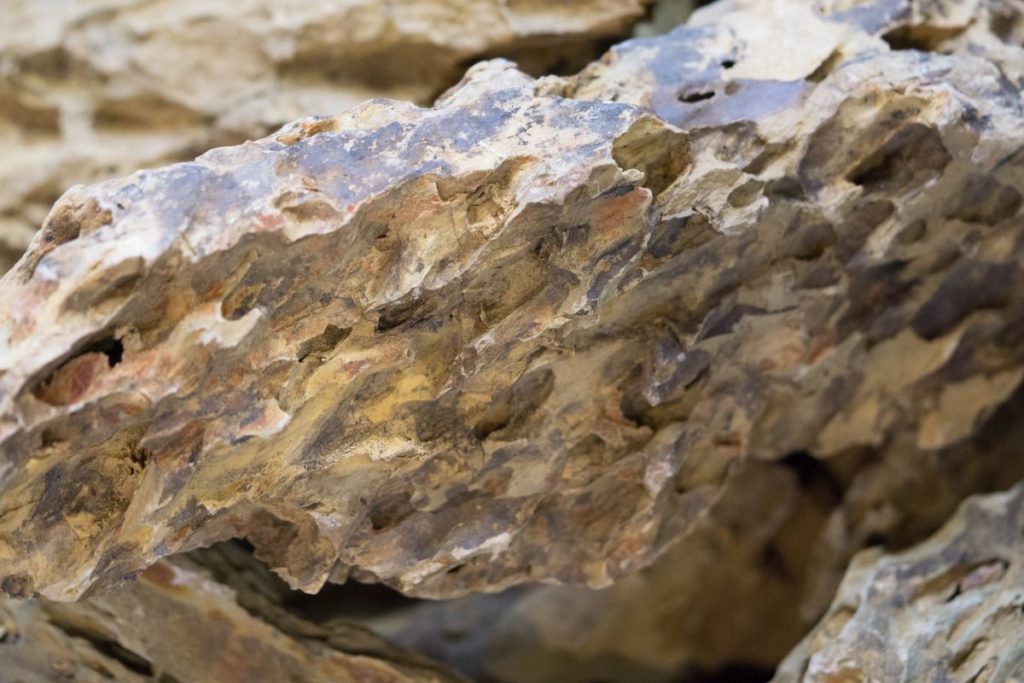Quick tip for Aquarium cleaning – This part is about them Cleaning from Stones. Stones will fade over time and will certainly become more contaminated the longer you have them in the aquarium. There will be too algae eater and other measures are of little help. Even algae settle more and more on stones of all kinds over time. There doesn't even have to be an algae problem, because this process is completely normal in our small ecosystem. That's why you should clean your stones every now and then, and not just when you're doing it Set up a new aquarium.
It is usually possible to clean the stones as long as they are not completely overgrown with plants. Then this would be difficult and you should of course leave it alone. Otherwise you can take the stones out of the pool and clean them. You can find out how best to do this here.

Now we come to the different methods how to clean stones quickly and easily, but above all effectively. These can be differentiated or rushed into the mechanical cleaning, dry cleaning and the purification by the treatment of heat.
Of course, these methods can also be used if you collect stones yourself. In addition more in the corresponding guide.
The different ways to get stones clean
Method 1: Brush and water clean the stones
Probably the easiest way to remove heavy soiling such as algae and the like from the stones is to use a strong brush. Wire or steel brushes from the hardware store. This allows you to remove even stubborn dirt. In addition, you should of course do the whole thing under running water.
Here are some great brushes:
Method 2: Blasting the stones with a high-pressure cleaner or steam jet
Another method is that Cleaning with a steam jet or high-pressure cleaner. The steam jet usually also has a heating of the water and thus the cleaning effect is even better there, since hot water is used. Nevertheless, both methods are very well suited to cleaning the stones, preferably with a certain attachment such as a dirt blaster.
You only have to be careful with porous stones because they could disintegrate with this method.
Method 3: Boiling the stones
Of course you can also use stones boil out. This should make it easy to remove algae in particular. Take a large pot and fill it with normal water. Then the stones are placed in the pot and the water is brought to a boil. Then you have to be patient and let the stones boil gently for an hour. Then, after it has cooled down, you can brush it off accordingly.

Method 4: treatment with vinegar / vinegar water / vinegar essence
Many aquarists also swear by this method. You should take the stones with you Vinegar treat accordingly and then wash properly. Here, however, it is important to be careful that vinegar does not get into the aquarium. We recommend rinsing off the vinegar well after the treatment and preferably watering the stones sufficiently. See also the guide to watering roots.
However, this method does not work with limestone, because it would dissolve.
Method 5: Treatment with hydrochloric acid
In this method, we must first issue a warning because with hydrochloric acid dealing with it requires some knowledge. There is extreme danger here. Be it chemical burns or damage to the eyes. If only with protective clothing, safety goggles, gloves and sufficient know-how how to handle them.
However, this method is very effective and algae no longer have a chance here. Of course, you dilute the hydrochloric acid to a certain percentage.
You should also make sure that you rinse the stones properly with clear water afterwards, because hydrochloric acid has no place in the aquarium.
Method 6: Chlorine-based household cleaners to clean the stones
Again and again one can also hear of successful attempts with household cleaning agents such as Domestus or Chlorix read. Above all, these chlorine cleaners are very efficient against algae. But here too you have to know what you are doing and rinse or water the stones or other furnishings properly.
Method 7: Treatment with salt water
Various rocks can also be in salt water inserted, because many freshwater algae do not tolerate this either. Here you take a concentrated water salt solution and put the stones in it for several hours. You can use plain table salt for this.
Method 8: Cleansing with Corega Tabs
Again a method that can be attributed to chemical removal, because also in the well-known cleaner for third parties (dentures) Corega tabs you can insert stones. Of course, a thorough cleaning afterwards also applies here.
No matter which method you use, there is one thing you should definitely not do. Use cleaners and other chemical agents that are not listed here. We also advise you to always try conventional methods first before resorting to chemistry.












